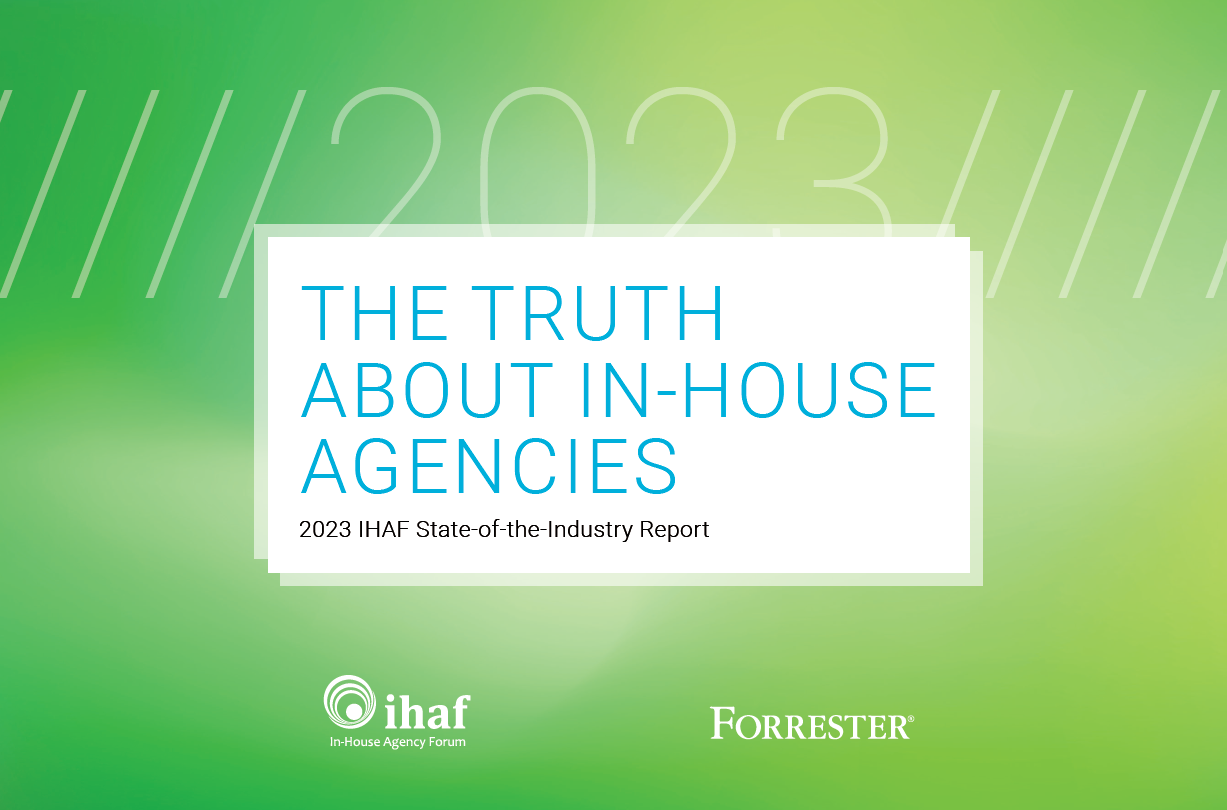Lessons from Four Harmonious Friends

When we were younger, team building happened all the time—without us even realizing it. As children, we learned how to get along in the sandbox, to share and play nicely with other kids. I’m reminded of an old folktale: The Four Harmonious Friends—Bird plants a seed; Rabbit waters it; Monkey fertilizes it; Elephant protects the sprouting tree. Standing on top of each other, the four friends reach and share the tree's fruit.
This folktale is the perfect example of cooperation to achieve a common goal. Sometimes we can lose sight of the simple lesson, though, as it’s easier said than done.
We’ve all been in situations where there is either a lack of trust or camaraderie, leaving us wondering what we can do to make the situation better. Teambuilding is a great way to build a common bond in the workplace—creating a cohesive environment that boosts performance. So, how is it done?
Trust. Realize that your team is a cohesive unit and that you are all working toward the same goal.
Time. Appreciate that teambuilding takes time. It’s an ongoing practice that can’t be achieved overnight.
Respect. Acknowledge that work done by the team can be better than work done by yourself. Everyone comes to the table with a different perspective that can add value.
Perceptiveness. Recognize your strengths and weakness as well as those around you so you can complement each other’s talents.
Listen. Take a step back and listen to what your colleagues need to build a better work environment. Apply their suggestions when possible so they feel they’ve been heard.
I’ve been work in Marketing for over 15 years and I believe that the importance of teams and truly living these tenets in my day-to-day work has brought me and my colleagues, from account managers to the larger global marketing team, success.
It’s easy to recognize strong teams because they are usually the ones producing great results. Take the World Cup-winning U.S. Women’s Soccer Team. Each member contributed to the team’s success and praised each other for the roles they played in reaching their ultimate goal. We can use teams like these as models and remembers of the simple lessons we learned from childhood.
Recent Posts

In-House Data: Fact or Fiction?
October 16, 2023
I’m going to be honest with you, which I always am but this time it’s scary honesty. There are a lot of in-house agency research reports out there. And not all of them contain data that are close to the integrity of the studies IHAF publishes—the next of which drops at the IHAF conference on …

IHAF Wrapped
December 20, 2023
One of our favorite things to do at year-end is look back at the events, presentations, and online resources our members tapped most. (Why should Spotify have all the fun?) Here are a few of your favorites in 2023:
• New Assortment of Org Charts Download • Updated Job Profiles …



















%20(1).pdf%20-%20Copy.jpg)

%20(1).png)


No Reader Comments